
Cleveland Spiders (1887-1891)
First Game Played April 16, 1887
Last Game Played October 15, 1899
Historical Moments
Three years after the National League's Cleveland Blues folded they were reformed by street car tycoon Frank Robison. The new Cleveland Blues would play at the Kennard Street Grounds in the rival American Association were managed by Jimmy Williams.
The new Blues struggled early, losing 13 of their first 14 games, as they spend the entire season at or near the bottom of the standings. The Cleveland Blues would finish in last place among eight teams with a record of 39-92.
Cleveland Spiders (1887-1891) Best
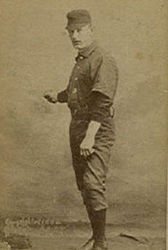
Bob Gilks
1887-1890

Bobby Wallace
1894-1898
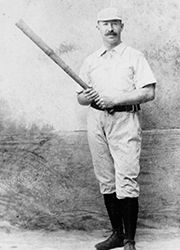
Buck Ewing
1893-1894
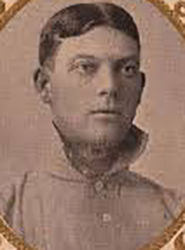
Charlie Hemphill
1899
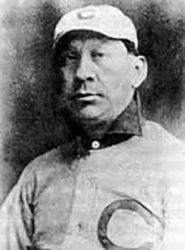
Chief Sockalexis
1897-1899

Chief Zimmer
1887-1899

Chippy McGarr
1893-1896

Cinders O'Brien
1888-1889

Cub Stricker
1887-1889
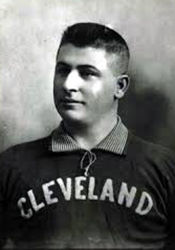
Cupid Childs
1891-1898
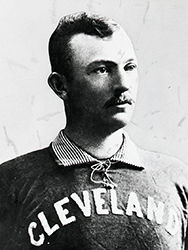
Cy Young
1890-1898

Ed McKean
1887-1898

George Davis
1890-1892
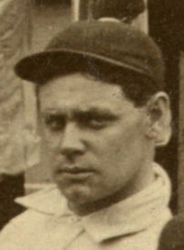
Harry Blake
1894-1898

Jack Harper
1899

Jack O'Connor
1892-1898
Cleveland Spiders (1887-1891) Stadiums

1887-1890
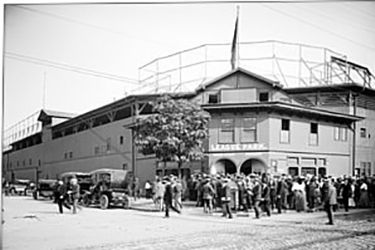
1891-1899
Championship Teams
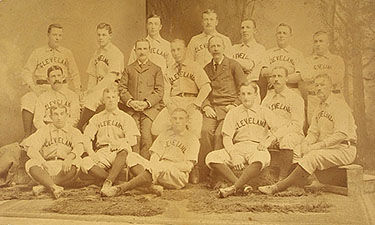
1895 Temple Cup Champions Cleveland Spiders